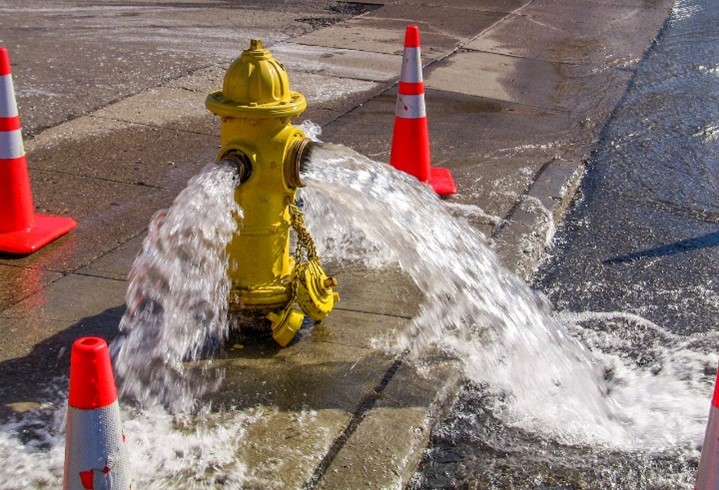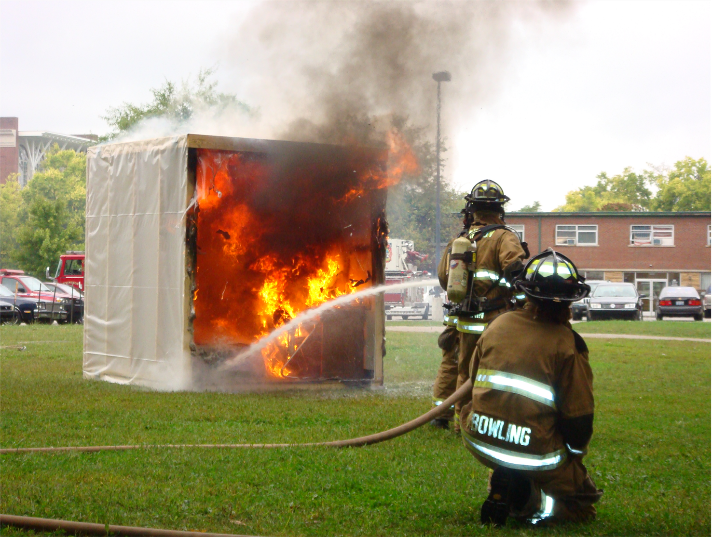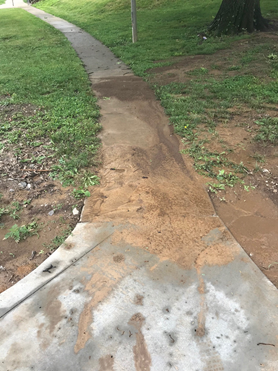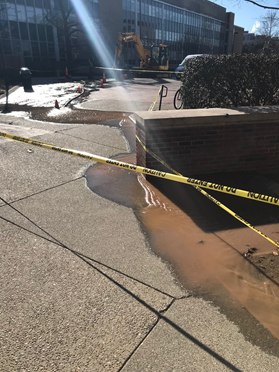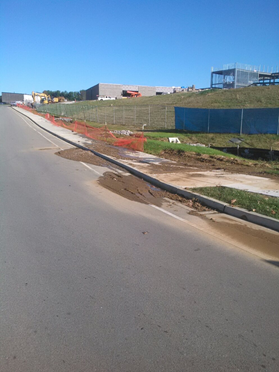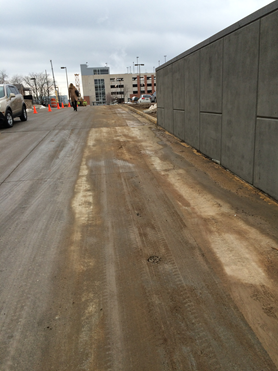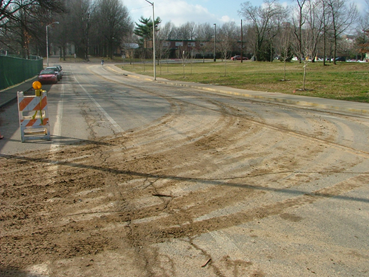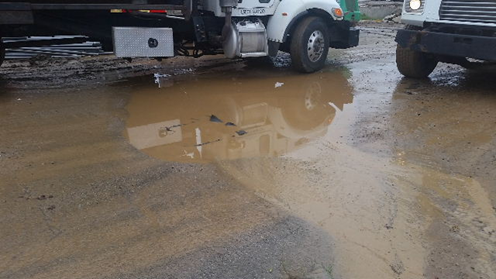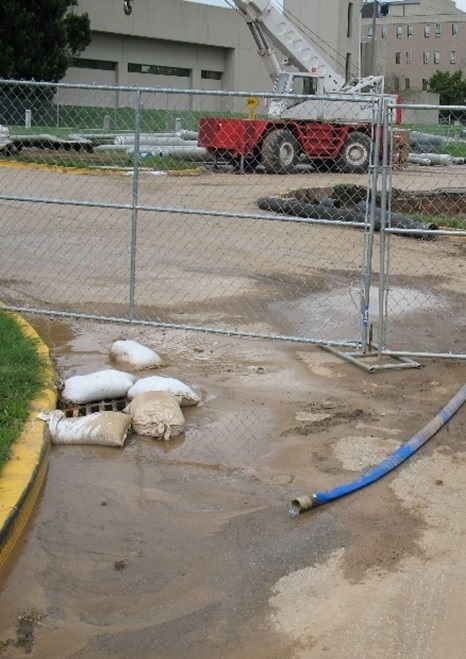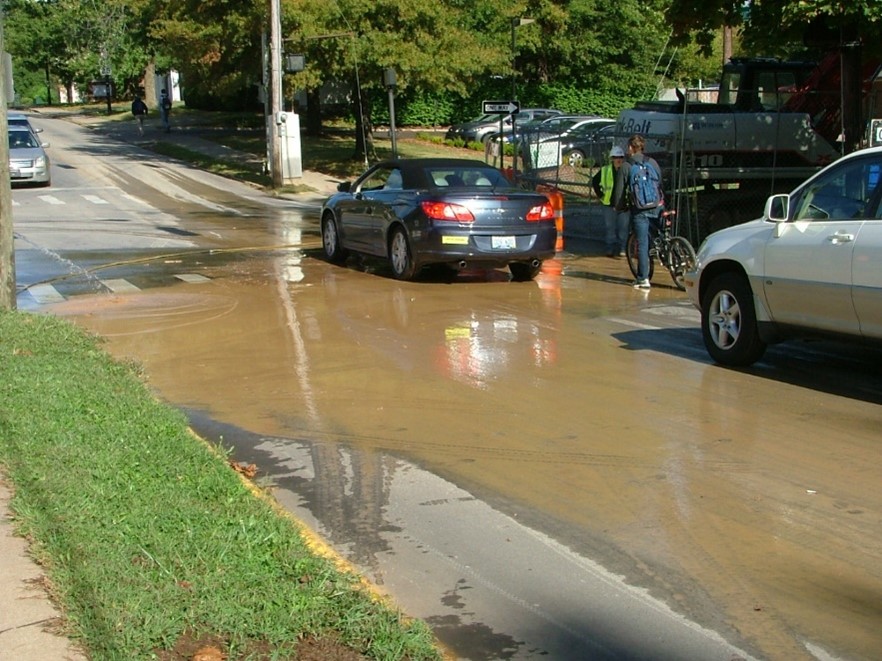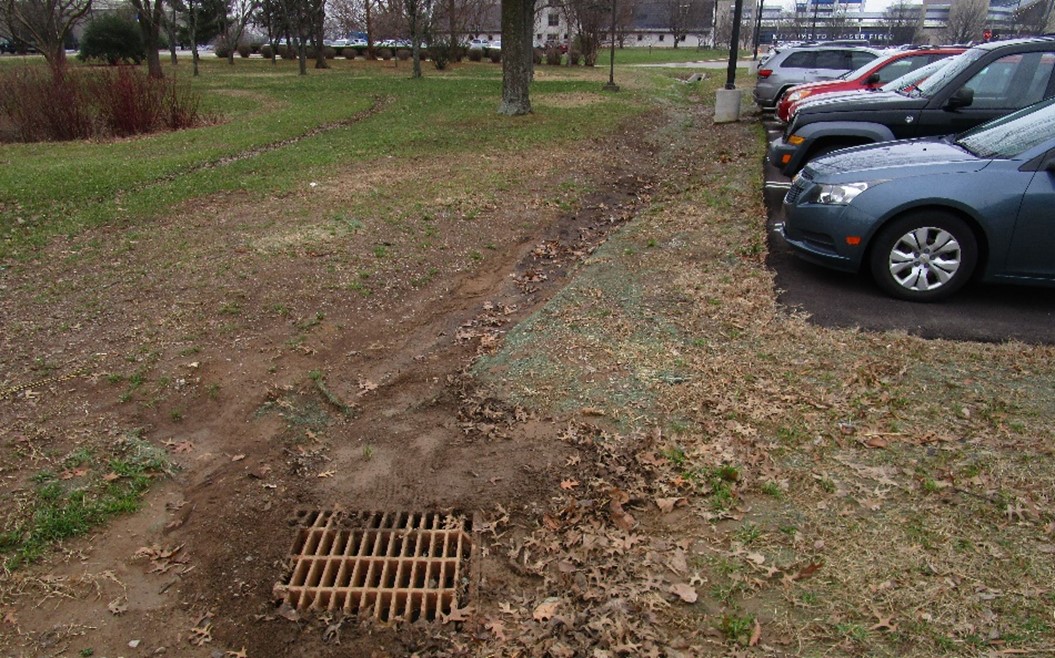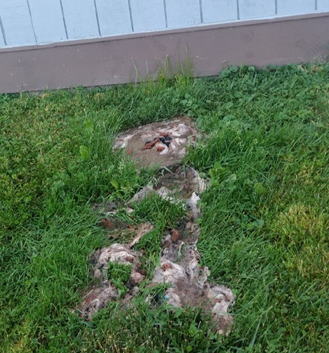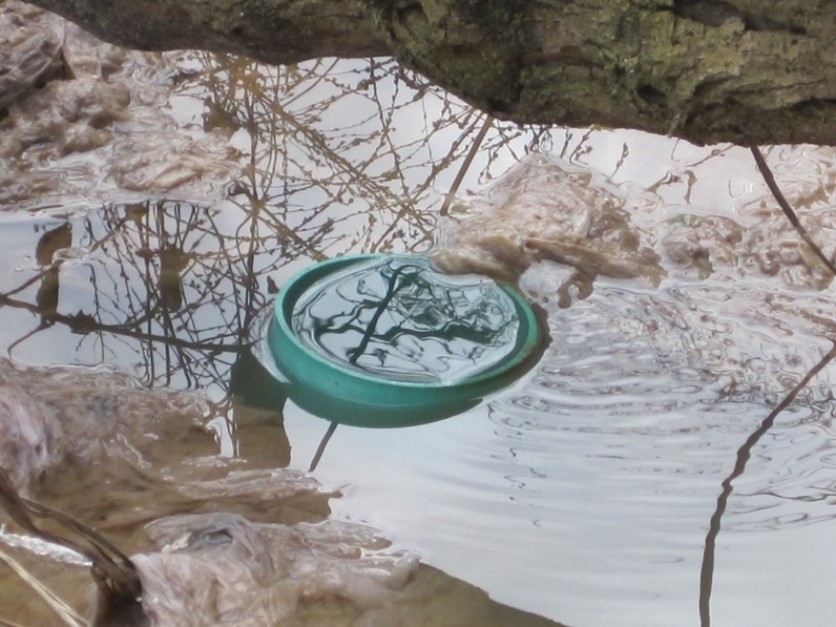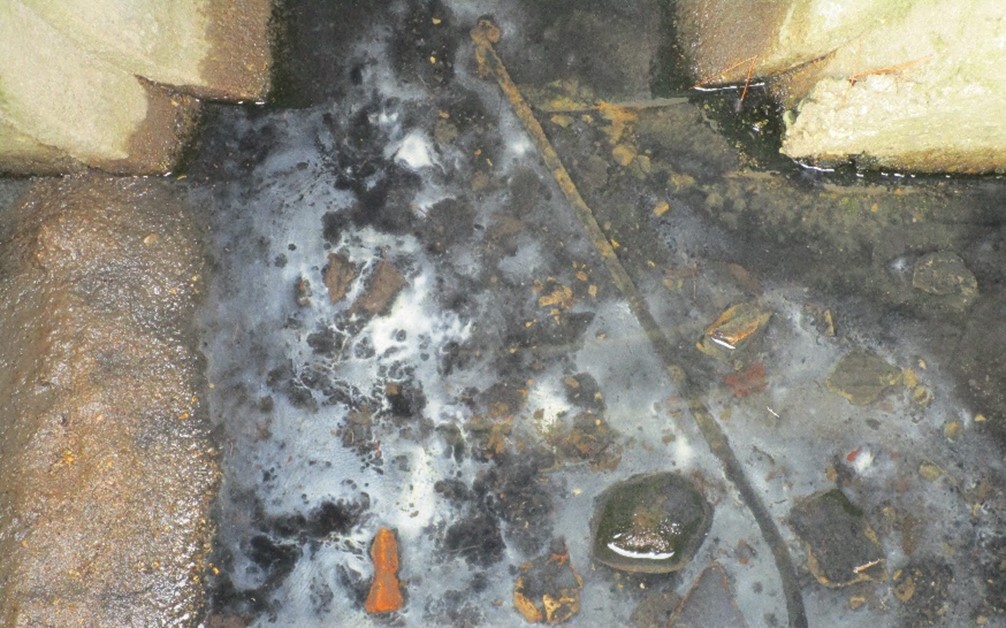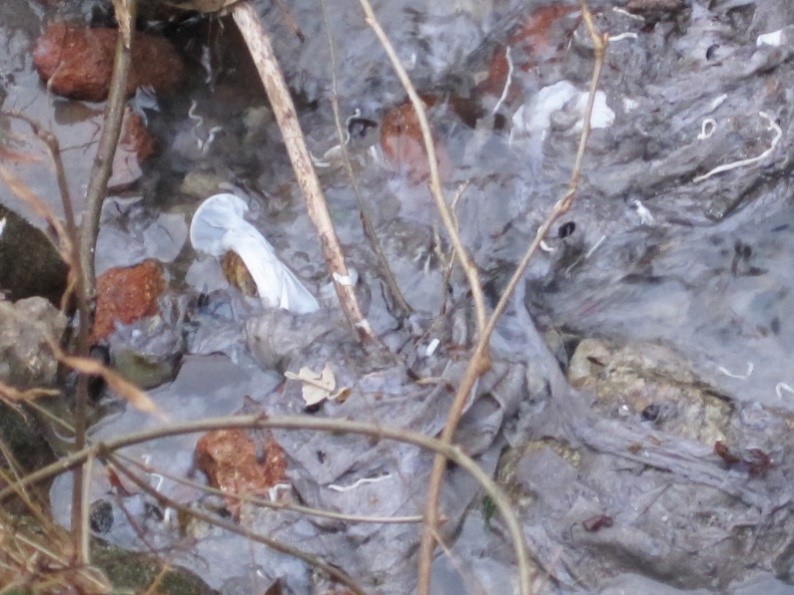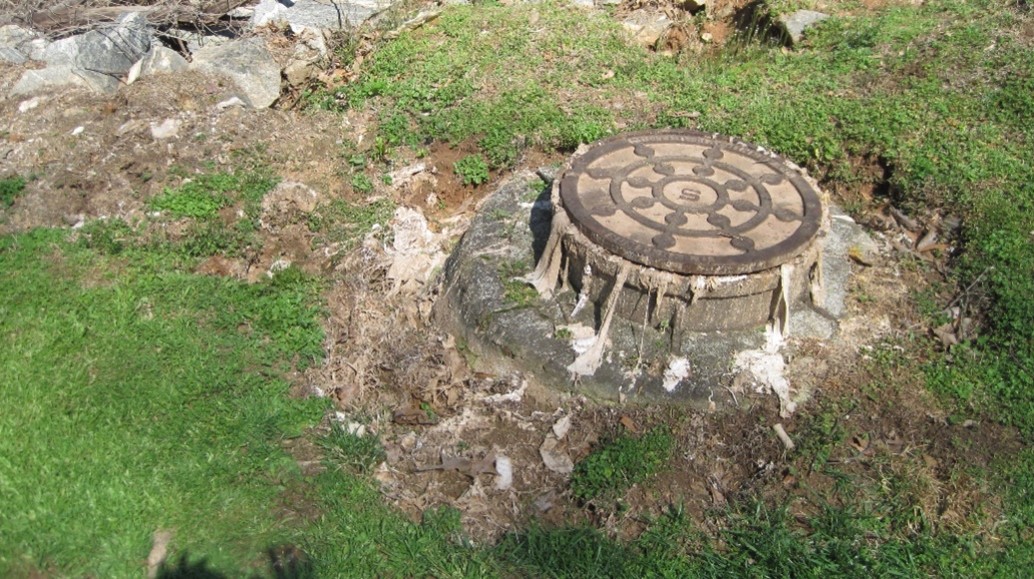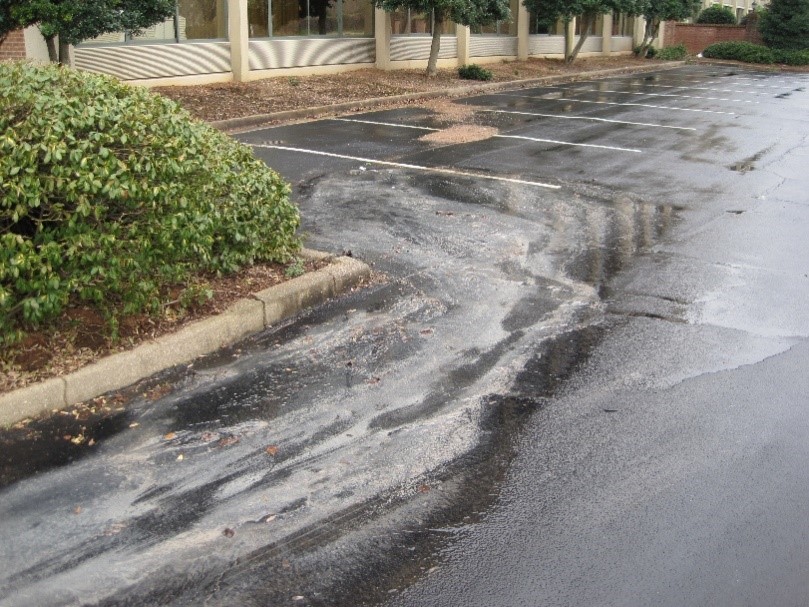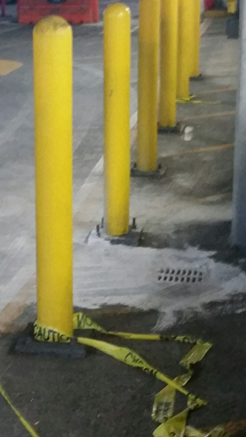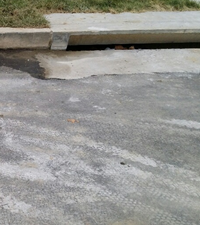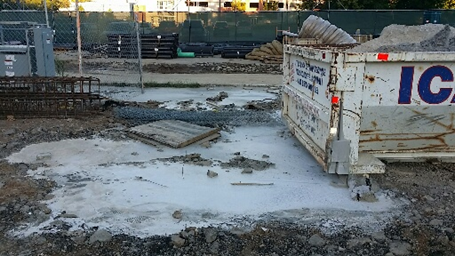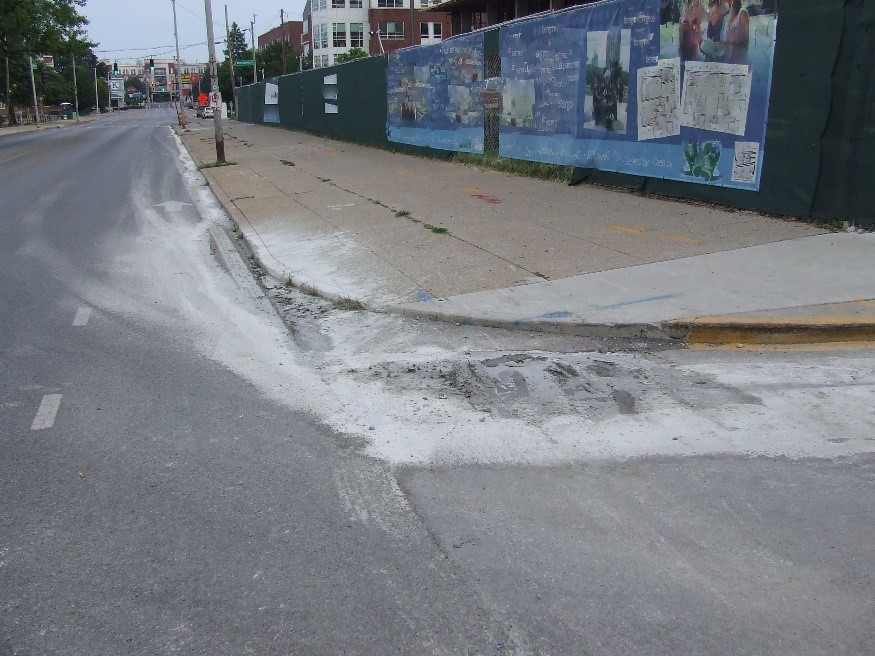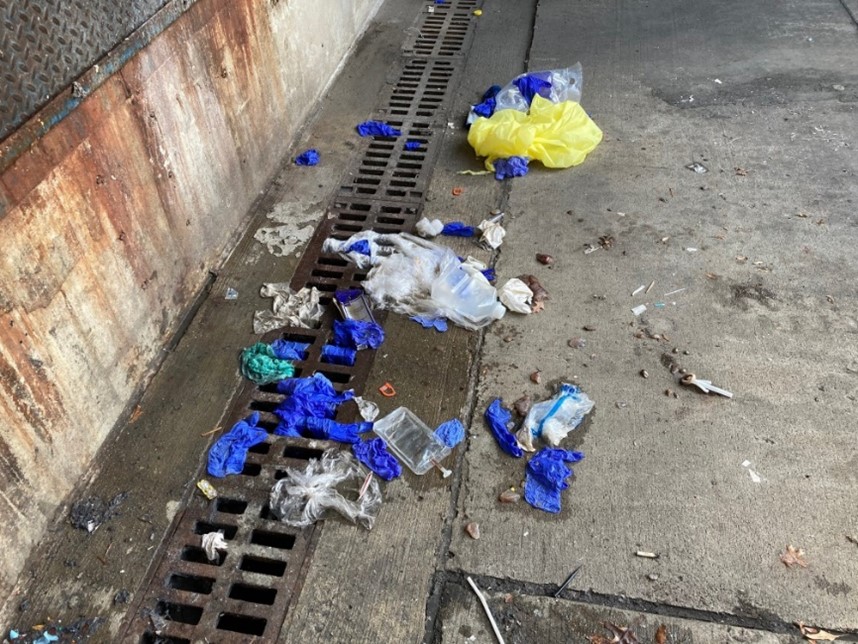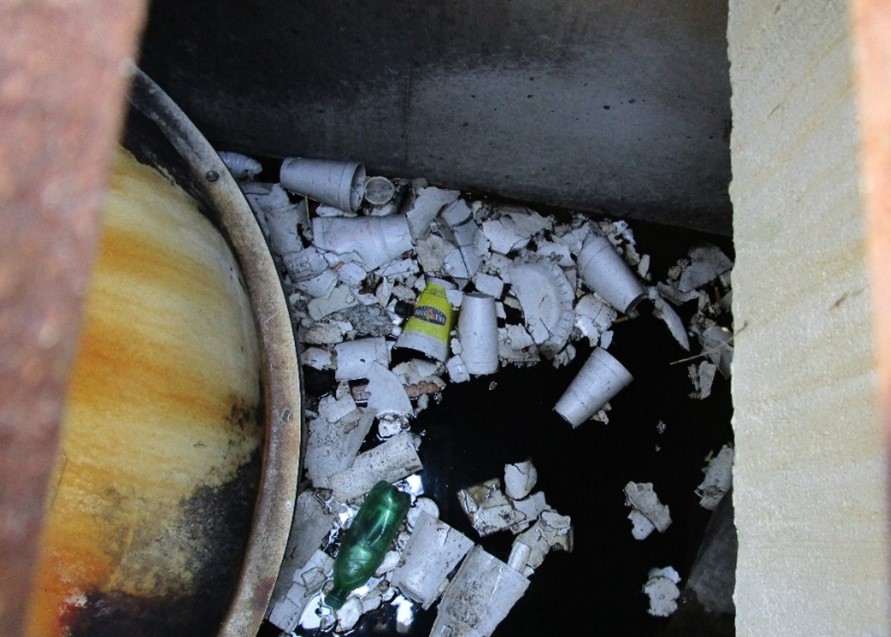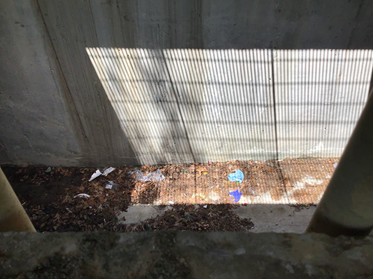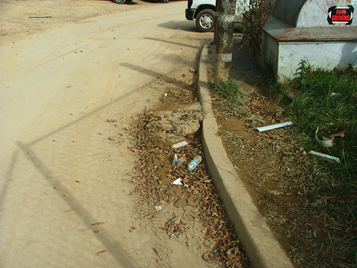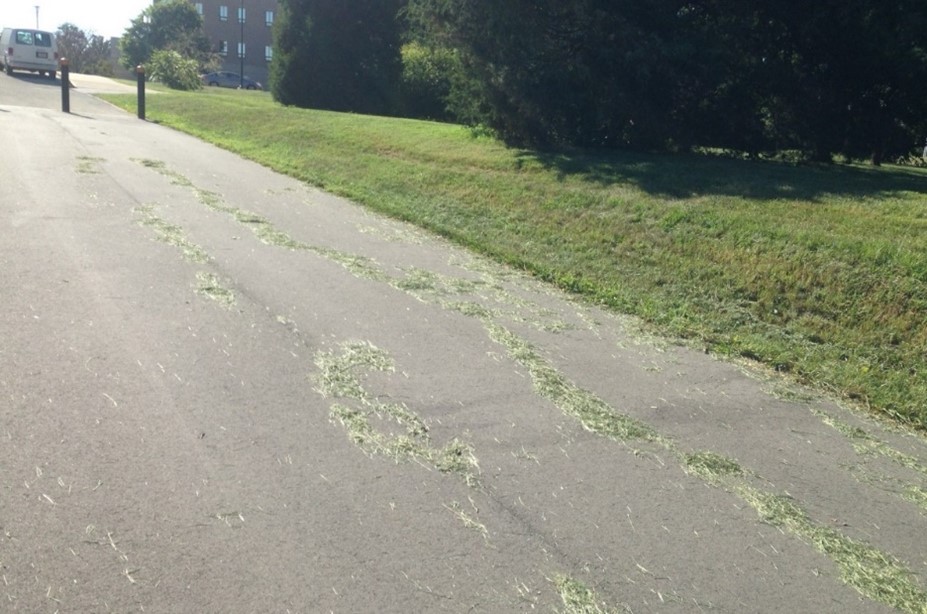Illicit Discharges
What is an Illicit Discharge?
Stormwater runoff from urbanized areas can transfer pollutants from the storm sewer system to lakes and streams. In order to protect water quality Federal, State, and Local governments regulate what can go down the storm drain. In most cases, only rain is allowed down the drain.
Any discharge to a municipal separate storm sewer that is not composed entirely of stormwater is considered an illicit discharge. These discharges can often be detected when a storm drain has flow during dry weather.
As an MS4, the University is required to prohibit discharges of non-stormwater as well as detect and eliminate any discharges that may occur.
Exceptions
While rain is only allowed down the storm drain, there are certain discharges permissible by the University’s MS4 Permit that have been determined to not contribute substantial pollutants to the environment. These allowed non-stormwater discharges include:
Illicit Discharges vs Spills
While an illicit discharge is a discharge of non-stormwater to the storm sewer system, a spill is any release of material that threatens human health or the environment. A spill can become an illicit discharge once it enters the storm sewer system.
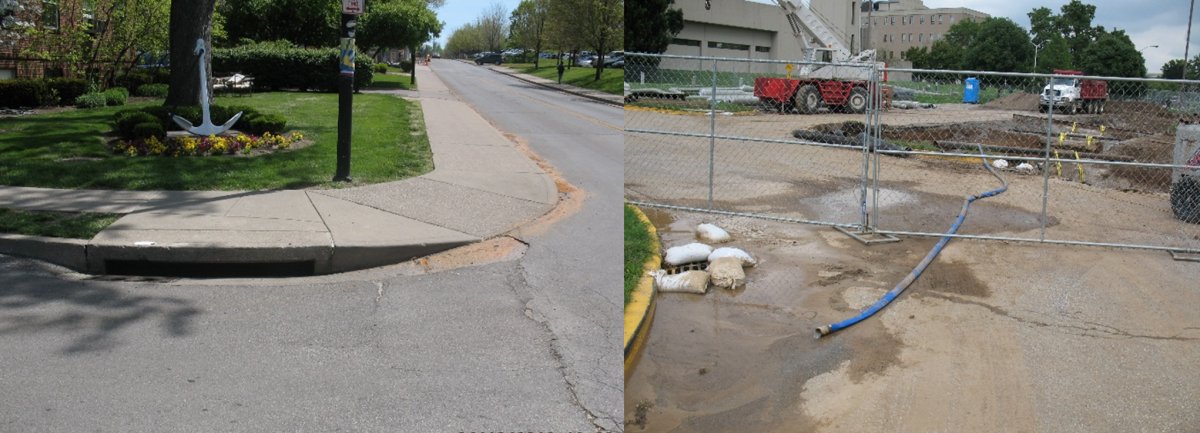 |
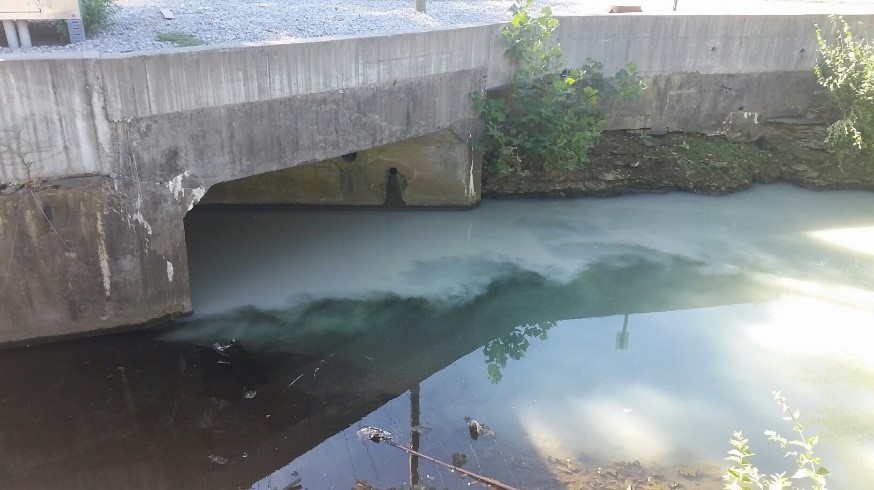 |
| Illicit Discharge of Sediment to Stormdrain | Illicit Discharge from Storm Sewer to Stream |
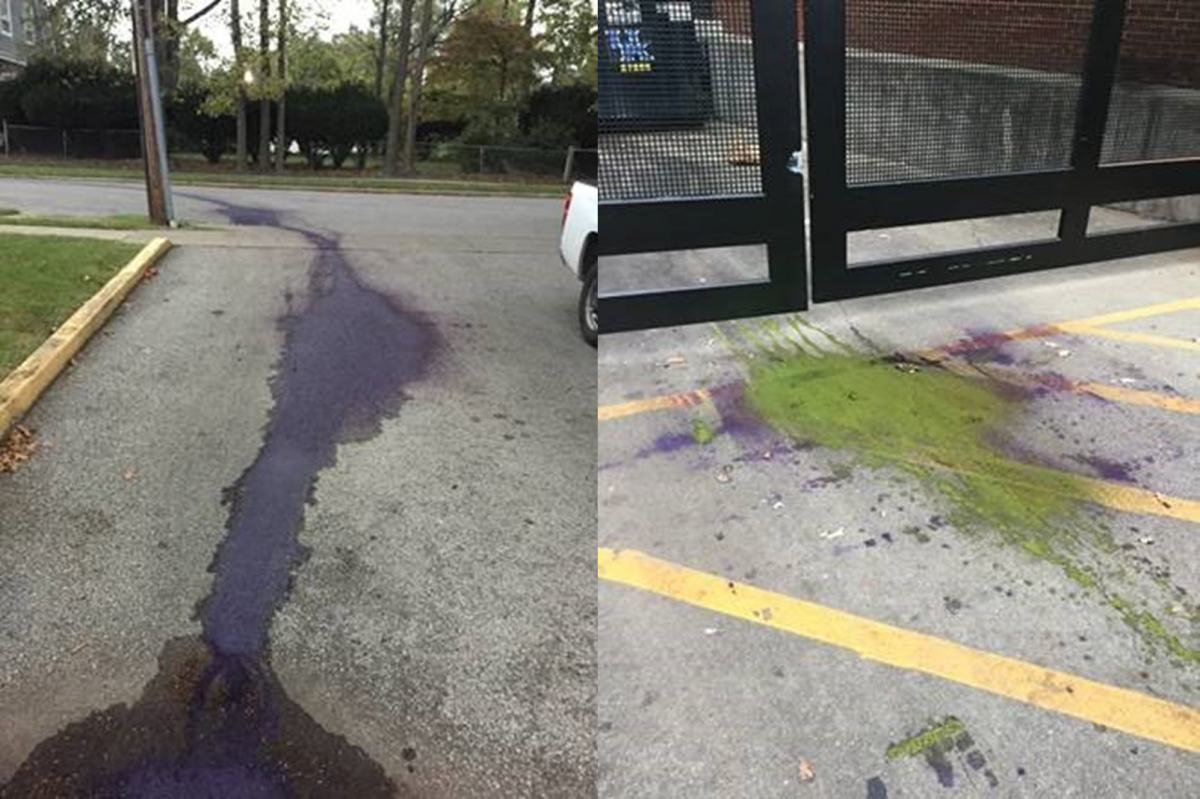 |
 |
| Paint/Dye Spill | Grease Spill |
The University’s goal is to prevent spills from occurring and to contain them if they do occur in order to prevent an illicit discharge. Visit our Spill Plans and Response Section to learn more about spills, how the University responds, and what resources are available. See below to learn how to identify and report an illicit discharge.
Identification
Illicit Discharges can be most easily identified when flow is observed during dry weather.
These flows can contribute pollutants to the storm sewer system by direct or indirect discharge.
A direct discharge is one that enters the storm sewer directly through a pipe or drain, is usually continuous or intermittent, and is usually caused by an unintentional sewage cross connection or an intentional bypass known as a straight pipe.
An indirect discharge is one that is generated outside the storm sewer system and enters through an inlet (storm drain) or joints in pipes and can be intermittent or temporary. These typically enter the storm sewer system via groundwater seepage after rain events, spills, dumping, outdoor washing activities, or irrigation runoff.
Activities that can produce a discharge include:
- Outdoor Washing Activities: Vehicles, Surfaces, Equipment, Buildings
- Parking Lot Maintenance
- Vehicle/Equipment Fueling
- Vehicle Maintenance/Repair
- Landscaping/Grounds Care
- Sewer Blockage/Maintenance
- Construction
- Erosion
Information for this section provided by:
Brown, E., & Caraco, D., (Center for Watershed Protection) & Pitt, R. (University of Alabama) (2004, October). Illicit Discharge Detection and Elimination: A Guidance Manual for Program Development and Technical Assessments. EPA Cooperative Agreement.
https://nepis.epa.gov/Exe/ZyPURL.cgi?Dockey=20017KFK.txt
Common Illicit Discharges/Spills
Sediment/Erosion
Oils
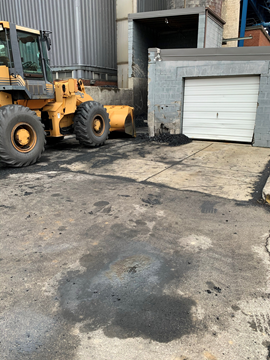 |
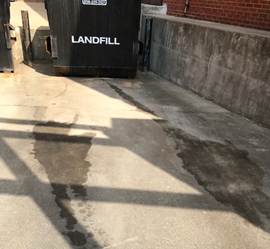 |
| Equipment hydraulic fluid leak | Fluid leak from burst garbage truck hydraulic line |
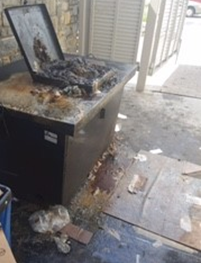 |
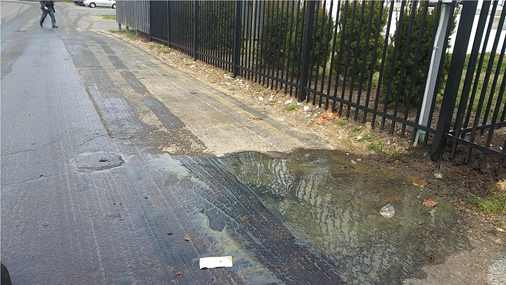 |
| Overflowing used cooking oil container | Improper disposal of used cooking oil in parking lot |
Floor Cleaners/Wax
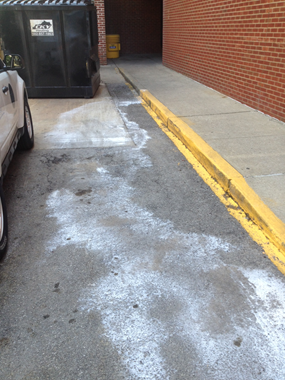 |
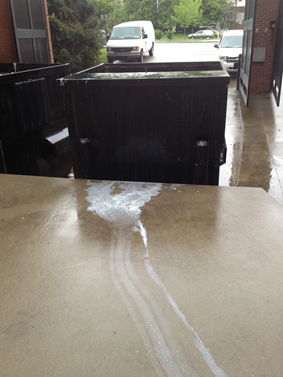 |
| Floor wax/stripper discharged towards storm drain | Spilled floor wax/stripper at loading dock |
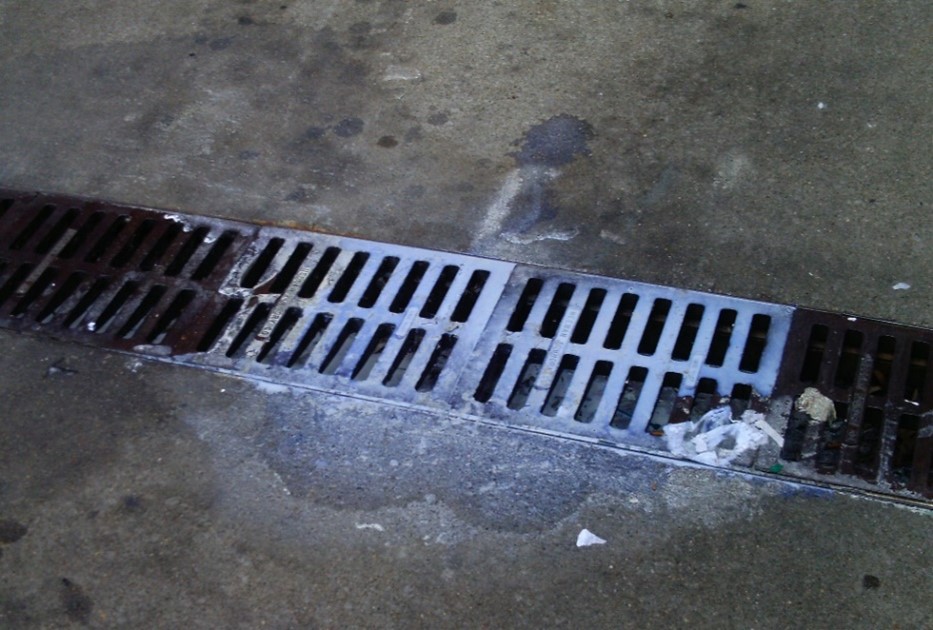 |
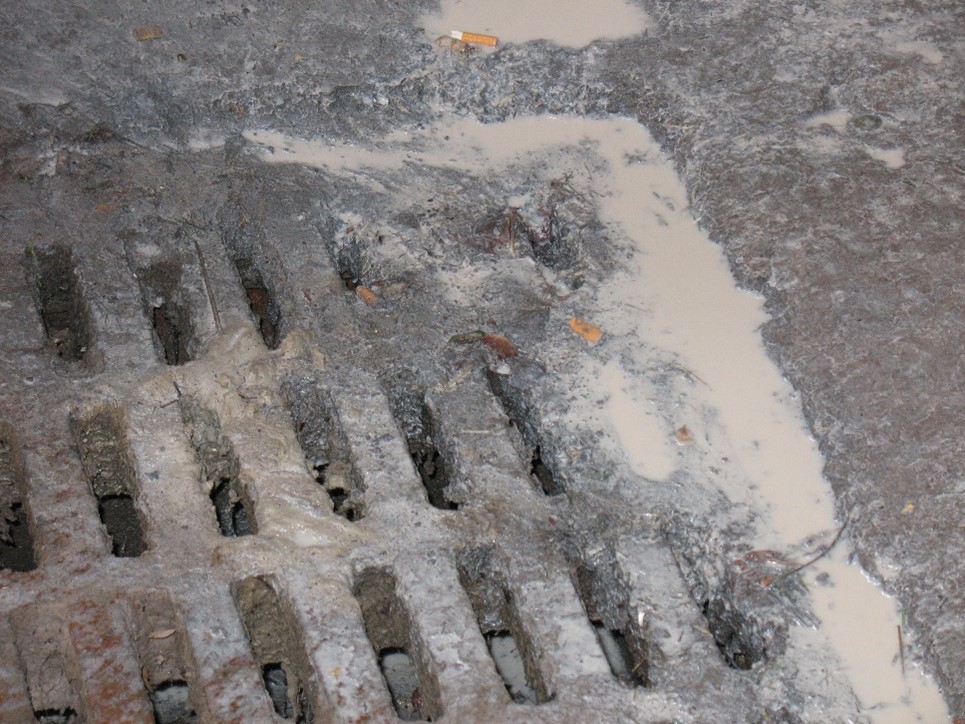 |
| Floor wax/stripper discharged directly into storm drain | Floor wax/stripper at storm drain |
Sanitary Sewage
Leaking Dumpsters/Compactors
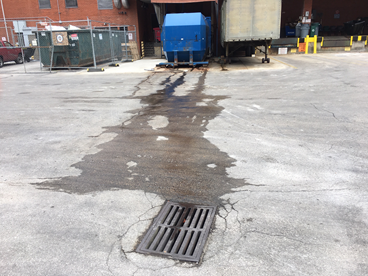 |
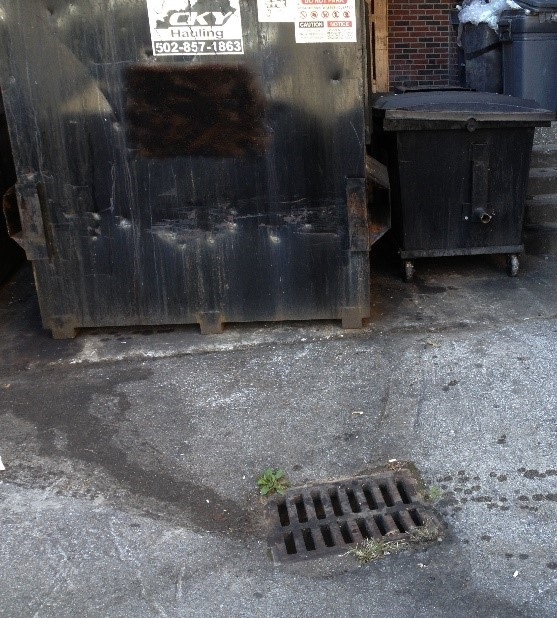 |
| Waste leaking from compactor unit directly into storm drain | Dumpster leaking directly into storm drain |
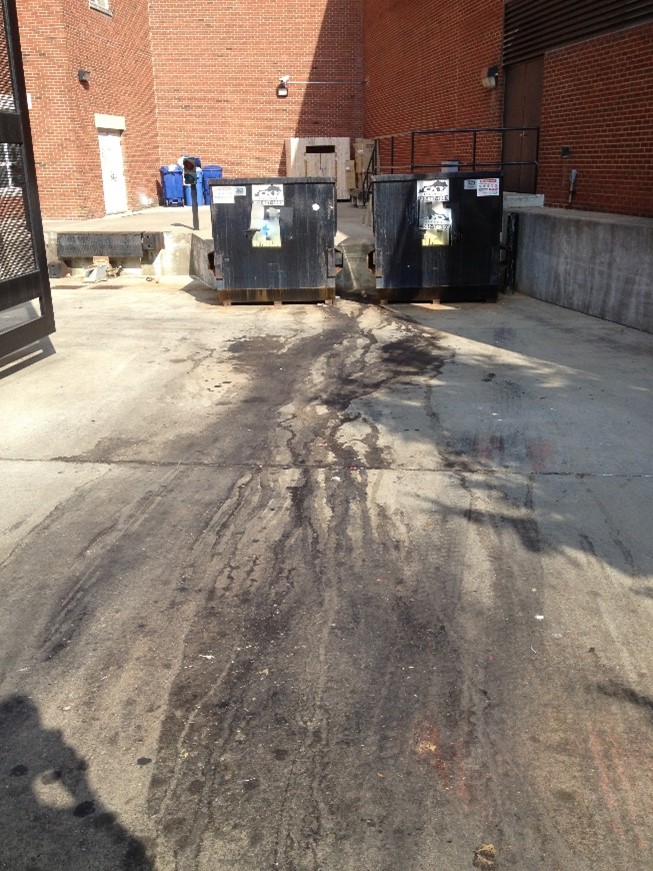 |
|
| Leachate discharging from dumpster area |
Chilled Water/Steam
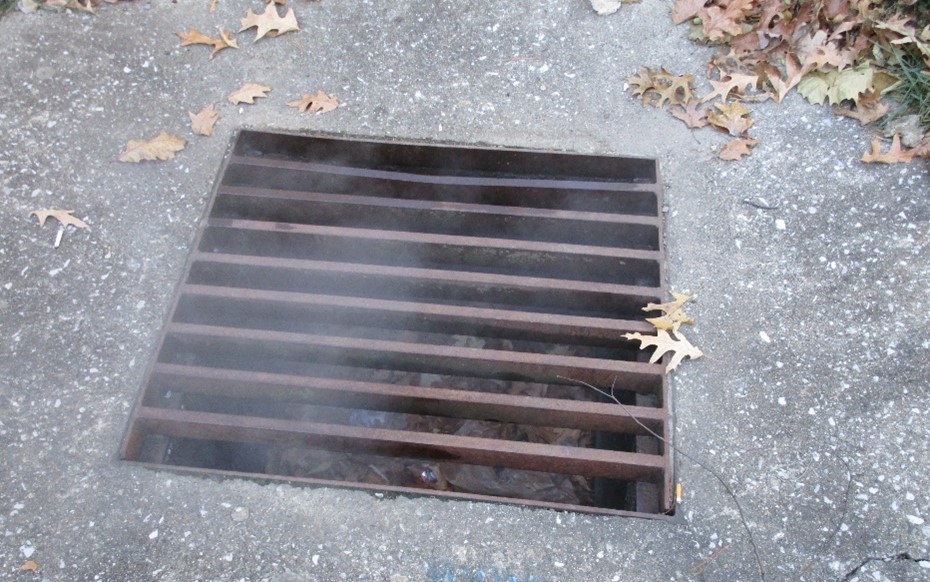 |
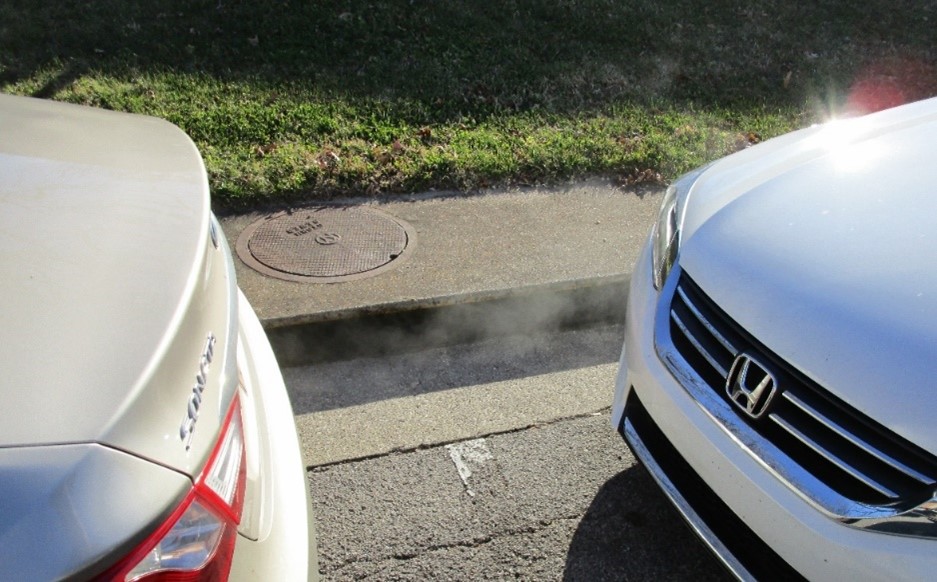 |
| Steam coming from stormwater inlet | Steam coming from stormwater curb inlet |
Garbage Truck Spills
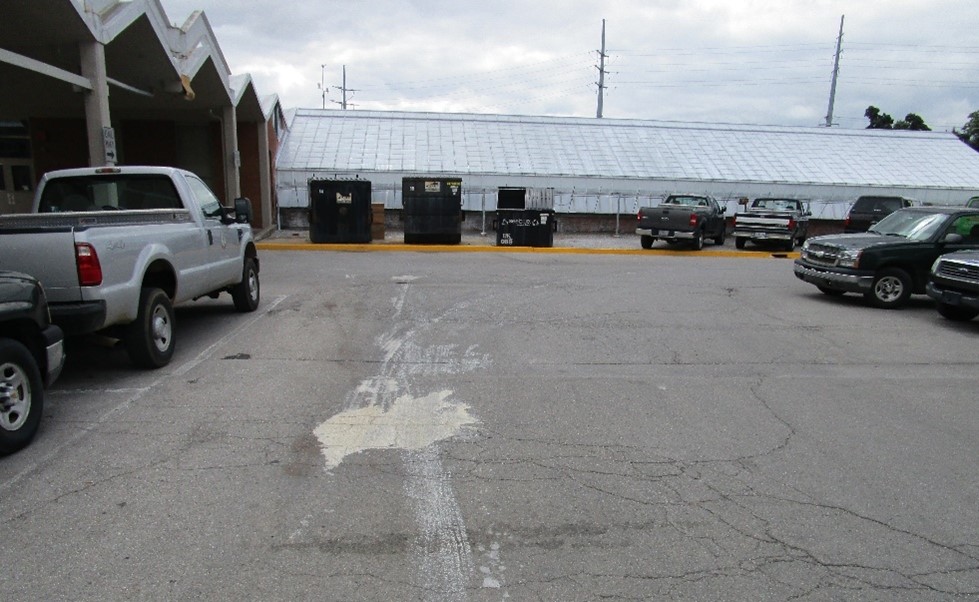 |
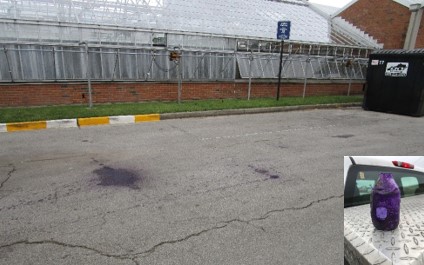 |
| Concentrated floor wax/stripper spilled from garbage truck during routine pickups | Concentrated dye spilled from garbage truck during routine pickups |
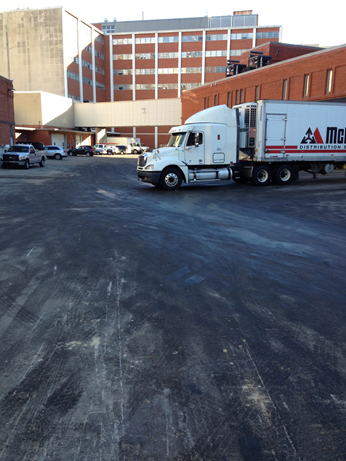 |
|
| Garbage truck leachate spilled during compaction |
Concrete (dust/slurry/rinsate)
Paint/Drywall Spackle
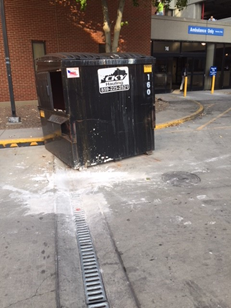 |
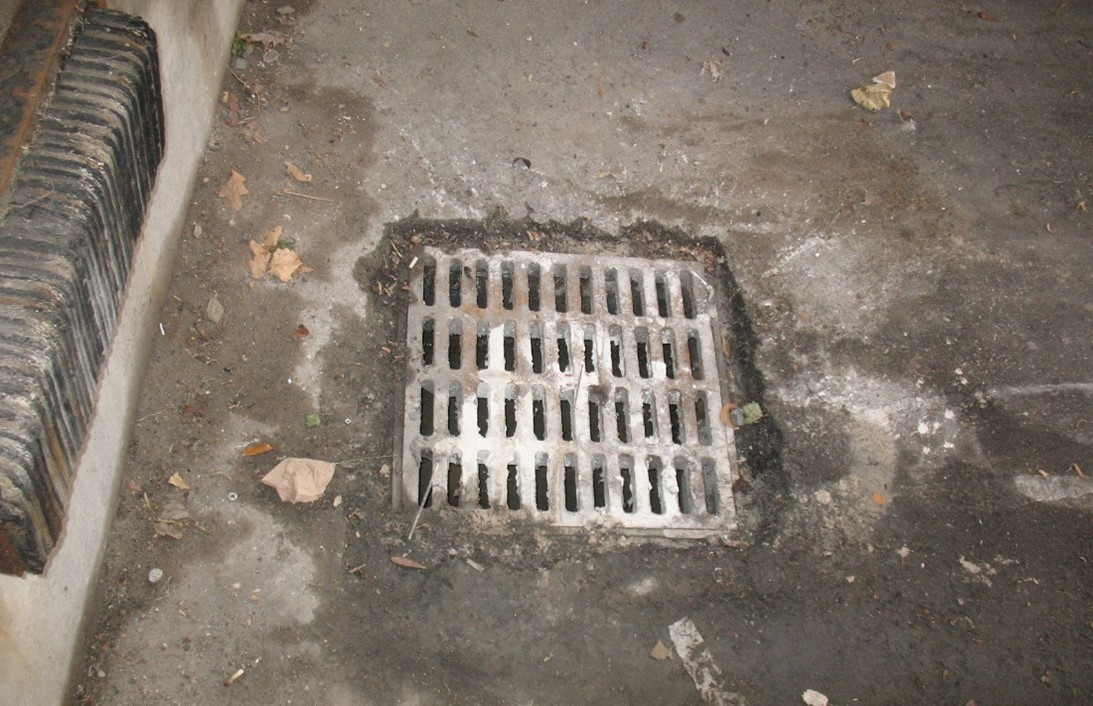 |
| Drywall spackle poured down trench drain | Paint poured down storm drain |
Litter & Debris
Reporting
Only clean rainwater and the few exceptions noted above can go down a storm drain. If you see something other than clean water entering a drain or with the potential to enter a drain if it rains, please report it. Any substance entering a storm drain has the potential to harm water quality and needs to be stopped.
This tool allows you to submit information regarding an observed illicit discharge or concern such as:
- The date and time the discharge was observed
- A brief description of the discharge
- A mapped location of where the discharge was observed
- A general description of the location
- Relevant photos of the issue
If it’s an emergency or if the situation is deemed urgent, please contact our Spill Response Section at 859-323-6280 (8am – 5pm) or call 859-257-UKPD (After Hours).
Once an illicit discharge had been reported, Environmental Quality Management Department (EQM) will investigate to verify the discharge, track down the source, identify the responsible party, and work to eliminate the discharge. The investigation and findings will be documented and included in our Annual Report.
University Response
The University has a program in place to prohibit illicit discharges, detect and address any illicit discharges that occur, and to allow the public the opportunity to report illicit discharges. Our Illicit Discharge Detection and Elimination Manual provides detailed information about our response to illicit discharges and addresses the requirements of our MS4 Permit.
Mapping/Tracking
The following map provides the location and a brief description of the Illicit Discharges that have been reported on campus over the last year:
A more detailed map for discharge investigation tracking, verification, and details is available for employees that have been granted access.

